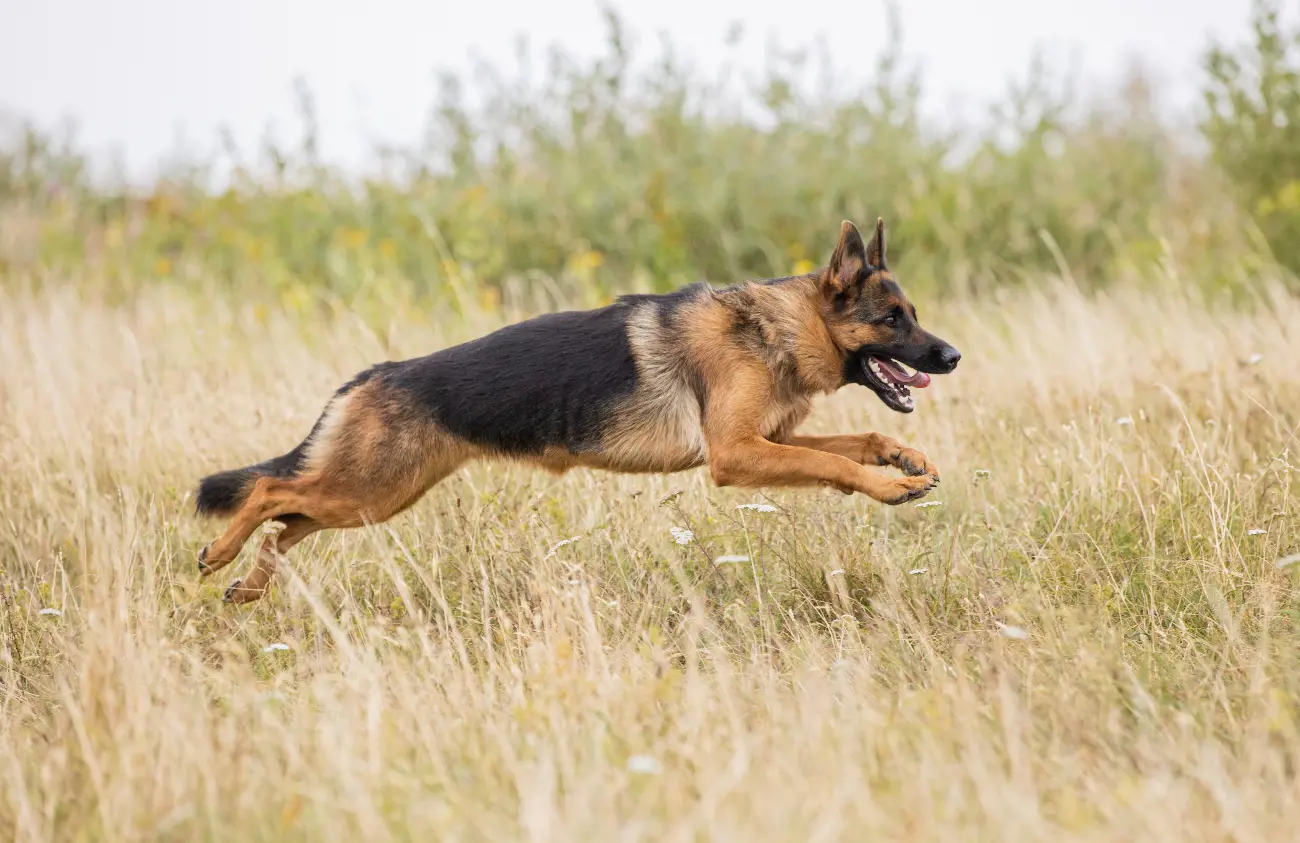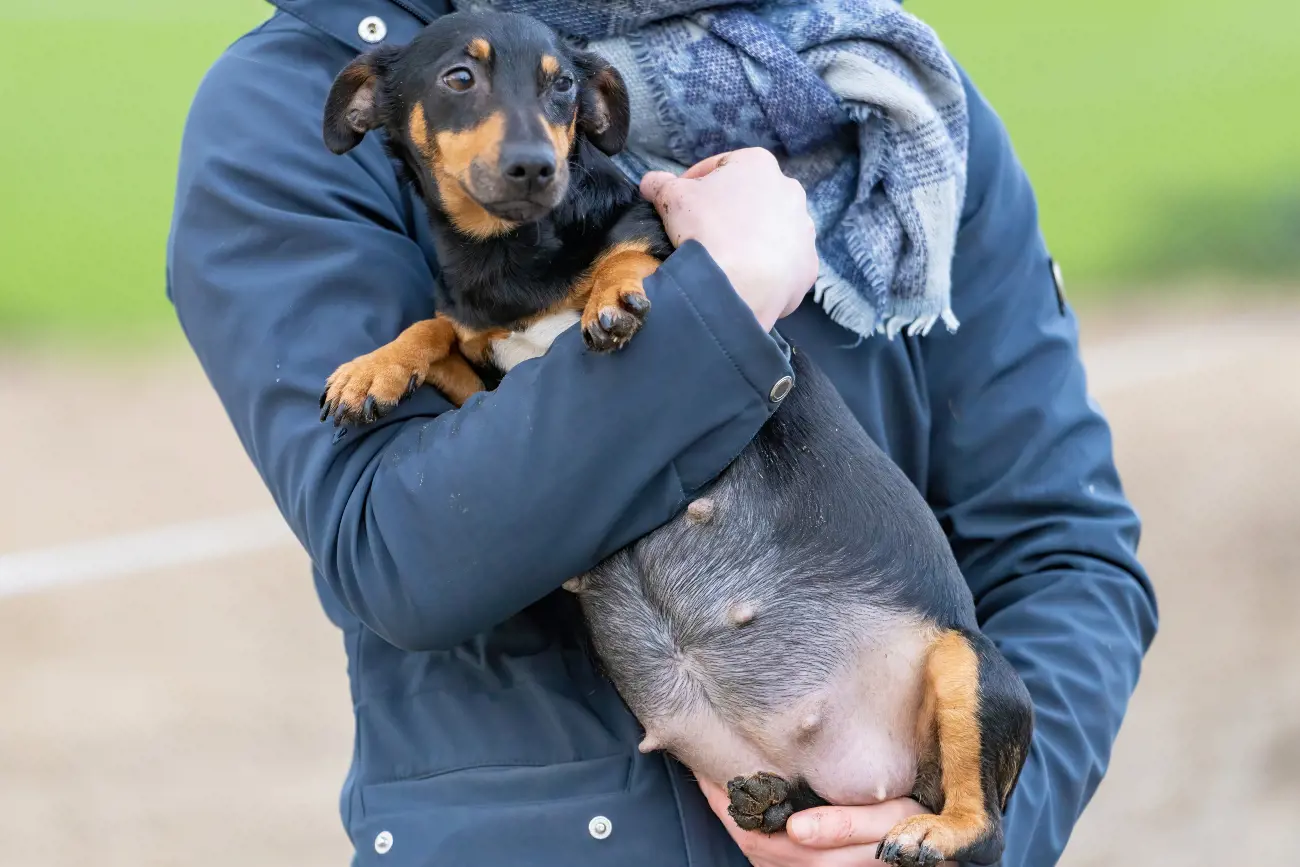How to introduce your dog to your new partner
4th March, 2021
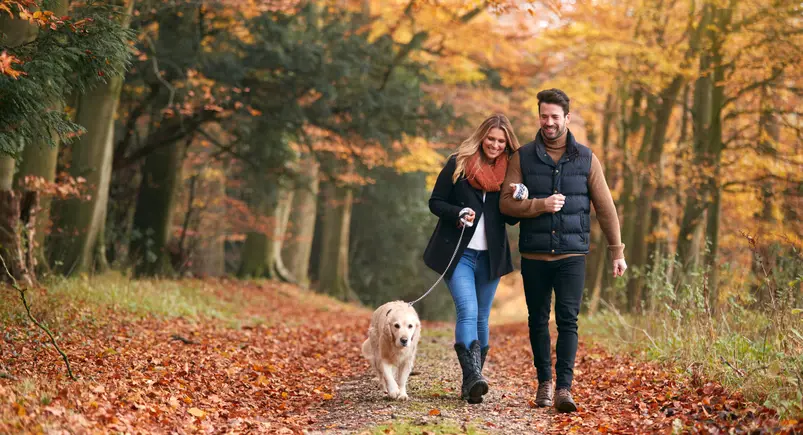
Meeting a new partner is exciting, especially when you get the feeling you might have met ‘the one’. But one of the first big tests your relationship will face is introducing them to the other love of your life – your dog.
For your dog, their relationship with you is everything. They also like consistency and having a routine. So when a new person is added to the family dynamic, it’s a massive change. No matter how lovely your new partner is, this process can be very stressful for your pup, especially if it isn’t handled with the right care.
To ensure they come to love your new partner and welcome them as a new member of the pack, it’s important to take your time and follow some expert advice. Here, we will run through some steps to take, show you how to tell if it’s going well, and how your pet insurance benefits can help protect your dog through this challenging period.
When is the right time to introduce a new partner to your dog?
There will come a point when you feel like you are ready for your new partner to meet your dog. But it’s important to remember it must be the right time for them, too.
Ideally the time will come as early in your relationship as possible, before your new partner has been to your home and certainly well before you consider moving in together.
Discuss with your new partner the fact that you have a dog and before they come to your house you need to make sure the time is right. They should understand and hopefully will help you create the right conditions for the meeting, especially if they’re a doggy person, too!
Dogs experience the world through their nose, so scents that are familiar will always bring them greater comfort. Therefore, a great way to prepare for the big day is to familiarise your canine with your new partner’s scent.
An easy way to do this without them actually being there is to bring home an item of your partner’s clothing, for example a t-shirt or a pair of socks. Let them sniff the item and get used to it, and keep rewarding them with treats each time. They will associate the smell with positive feelings, so they’re much more likely to be accepting of your partner when they meet.
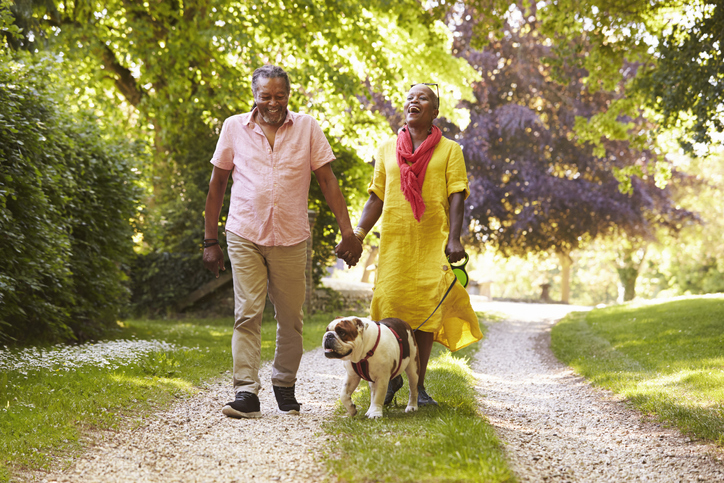
Where is the right place?
Your dog is prepped and you think it might be the right time, so now think about an ideal location.
Dogs are territorial and their instinct will be to protect you and your home from outsiders. The last thing you want is your dog to consider your new partner to be a threat. Therefore, try to make sure the introduction is on neutral ground where your dog doesn’t feel the need to be protective.
There are plenty of neutral locations that will be ideal, for example nearby parks or nature trails. Here, your dog has plenty of space to keep their distance until they’re ready to make a move. Parks also mean that the meeting can be tied in with lots of fun and play. There will also be lots of other sights and smells to distract them with if things go wrong.
How the introduction should go down
If you haven’t done so already, make sure your new partner actually likes dogs. They would ideally be a dog lover, maybe an owner themselves or have had dogs in the past. If they understand dogs then they will have a head start when it comes to making your dog at ease on the first meet.
If they’re not, then it’s going to make it difficult. It’s a two-way process and your new partner has their own role in developing a bond with your pup. They have to be willing otherwise your dog will understandably struggle to warm to them.
You can arm your partner with some information that helps them understand your dog a little better ahead of the meeting. This might include your dog’s likes and dislikes, their favourite toys, or their favourite treats. You should also tell them how to approach your dog and if it likes to be touched or stroked in a certain way.
When the big moment comes and they finally meet, don’t rush things. It’s important that your dog makes the first move in its own time. Let them approach your new partner and sniff when ready, and your partner should remain relaxed. Perhaps they could be carrying your dog’s favourite treat to help build the positive association. As any initial tension dies down, you could pass the lead to your partner and encourage little increases in interaction between them.
Keep slowly building their bond
After a couple of meetings like this, it might be ok to start inviting your partner to the house. Before you take any steps like having them move in, try to introduce them to your dog’s territory gradually. Remember how much they value consistency, so gradual steps will reduce the chances of them feeling their routine is being damaged.
Start by having them pop over now and again, perhaps ahead of the three of you taking a trip to the park. It might be a good idea to be ready to distract your dog from the fact a new person is at your home. Your partner could give them their favourite toy or play fetch, for example.
Over time, maybe your partner can come in, stay a little longer, and leave some things there. That way, if they do eventually move in, it will be less of a shock and the dog can get used to their scent.
It’s important to remember to keep doing little things to chip away at any resentment or anxiety your dog might be feeling. Perhaps your partner could try taking them for a walk without you to see how it goes. This could be a great way to build the bond between them.
How to tell if things are going well… or not so well!
There will be less indicators that the introduction and phasing in of your new partner is going well. That’s because it will happen smoothly and there won’t be things jumping out that you need to worry about.
However, there are things to look out for that might indicate your dog is not happy or that something is not working. For example, the dog’s behaviour will begin to change.
If your new partner comes to your house and your dog feels uncomfortable, they may try to mark their territory. One way to tell they’re doing this is if they let out a sharp bark or two, and possibly some deeper barks after that.
This is because your dog thinks there is an intruder and they’re trying to warn you that you’re in danger. Usually, if you intervene and let them know it’s ok, they will begin to calm down.
When a dog’s routine and comfort has been compromised, they could ‘act out’.
They may become disobedient or do things they know are not allowed and that are out of character, for example chewing the sofa or using the carpet as a toilet. Your dog may be trying to make it clear that they are unhappy, struggling with transition or feeling neglected.
When this happens, it’s important to stay consistent even though you might know why the dog is acting out. If they do something that they aren’t normally allowed to do, punish their bad behaviour just as you normally would. At the same time, try to read this behaviour and think about what you might be doing to make your dog act out like this, and try to rectify it where you can.
It’s also very common for a dog to have feelings of jealousy. This is understandable – you’re their life companion, the pack leader, and suddenly they have to share you. They haven’t had to share your attention up to now, so it’s a completely new phenomenon that can be reflected in the way they act.
They may become more desperate for attention than usual, and act in an uncharacteristically pushy way. This might be whining more, or forcing their way on to your lap. It’s a sign that they feel threatened and need to seize your affections back from your new partner.
Hopefully this situation can be avoided by maintaining your relationship with your dog so that even though a new person is in the dynamic, the level of affection you show your dog isn’t affected. Keep spending plenty of time with them, playing with them and reducing their chances of having any kind of jealous feelings.
If their behaviour continues to be strange, something else could be wrong. They could be ill or have picked up an injury, so speaking to a specialist could be required. That’s why our pet insurance benefits include a 24-Hour Vet Helpline.
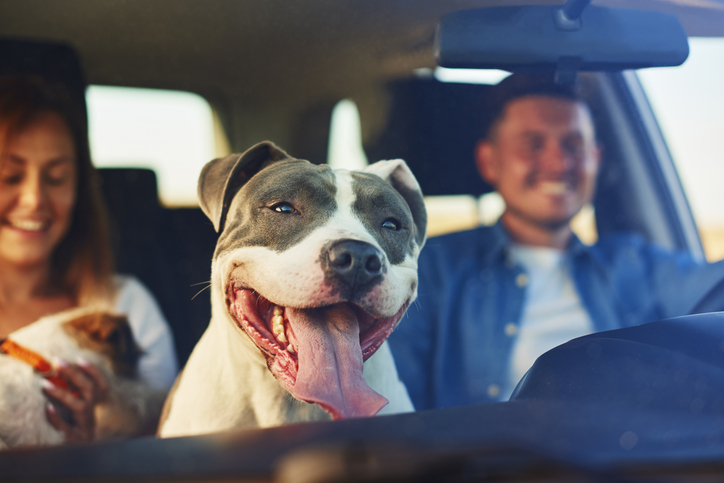
Introducing your dog to your partner’s pet
If your new partner has their own pet, it doesn’t need to become a nightmare situation when their paths cross. In fact, they can easily become best friends.
Like with your partner, a neutral territory such as the park is ideal if you're introducing your dogs to each other. That way, neither canine has a need to feel protective of their patch, and they’ll be easily distracted by all the beautiful sights and sounds they love.
When bringing both dogs into the house, have a look around beforehand and hide anything that might cause disagreements, such as toys or food.
Let them get over the excitement in their own time and try not to give them any attention until they calm down, which is one less thing that they might fight over. Also, try to feed them apart until they get used to each other.
If there’s a considerable difference in size between the dogs, it’s important to be extra vigilant. A fight could be particularly dangerous for the smaller pup.
But generally, getting two dogs to become friendly is pretty easy. Sure, they will have some disagreements along the way and you might have to occasionally separate them until they calm down. But with a bit of care over the first few weeks, they should settle their differences and become great pals.
If your new partner has a cat, however, it might be a little more tricky. The first meeting between them is absolutely essential to get right. Keep your dog on a lead and calm before introducing them.
If your dog gets excited and frightens the cat, that could be the end of any friendship. That’s not to say they can’t become friendly over time, it will just require strict supervision in the early stages and not leaving them alone together until their friendship is clear.
What if they have children?
A lot of the same principles will apply for your partner’s children when meeting your dog. It’s simply about helping them to get used to each other.
You can help your dog feel comfortable by ensuring they approach the child first, and the child can then fuss the dog and show some affection in return. Make sure neither party feels frightened and that the child understands the dog might need a bit of space.
Your dog may be old and have some issues like impaired vision or hearing to be careful of, but as long as you explain it to children they are usually able to understand that they need to be gentle.
Protect your dog with pet insurance
Making plans like this is important to dog owners – we love our pets and want to make sure they’re happy.
Nobody wants to be caught out by a dangerous situation for their pet. Sometimes they can have an accident or become ill, but having pet insurance in place means you’ll be able to afford any treatment they need.
Purely Pets offers 15 levels of lifetime cover, including cover for vets’ fees ranging from £1,000 to £15,000.
In addition, all policyholders have access to the 24-Hour Vet Helpline, providing you with advice from a team of veterinary professionals.
Get a quote for dog insurance from Purely Pets today.
Policy benefits, features and discounts offered may very between insurance schemes or cover selected and are subject to underwriting criteria. Information contained within this article is accurate at the time of publishing but may be subject to change.
Helpful Pages
Recent Posts
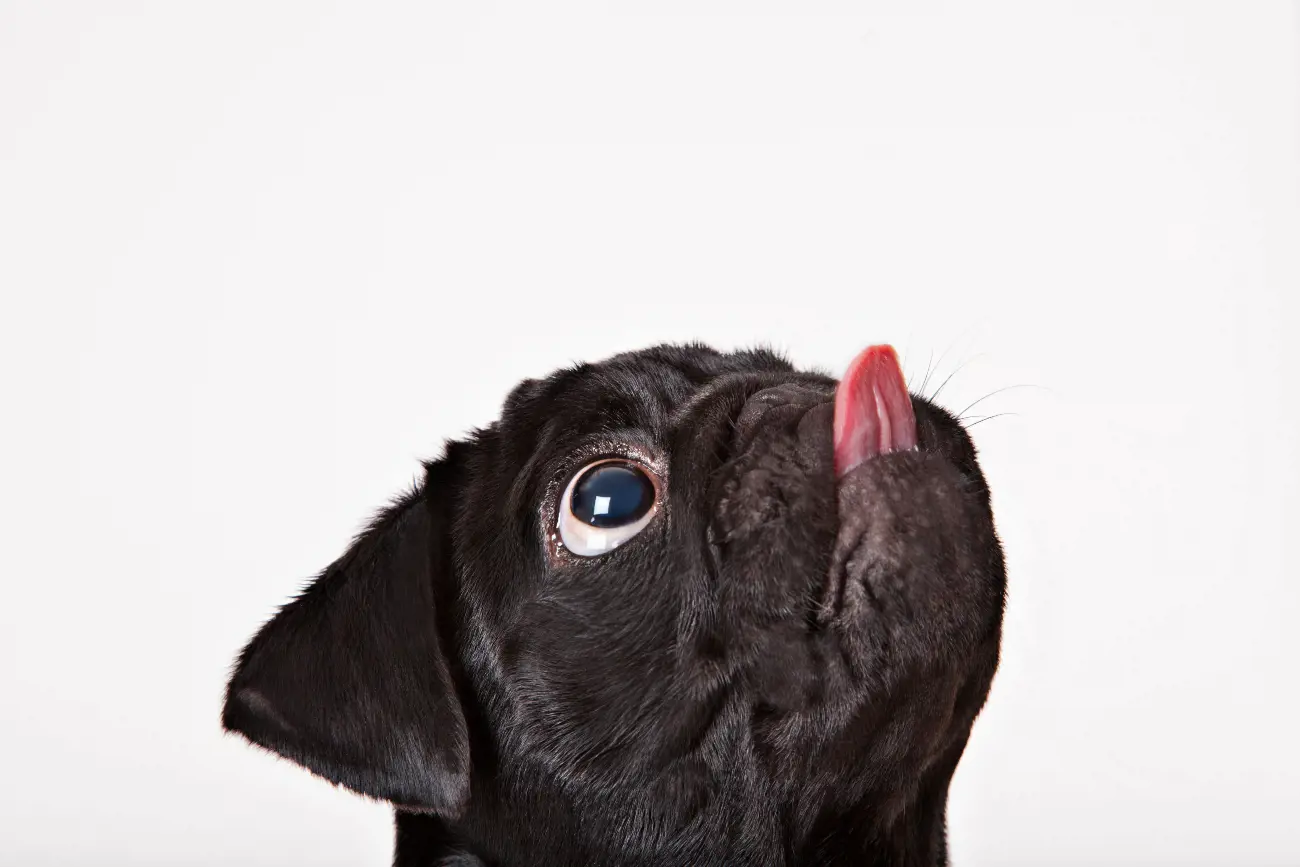
Why do Pugs lick the air?
02/10/24Pet Insurance Quote
- 98% claims paid *
- Claims paid directly to vets
- 24/7 vet video consultations
- Interest free monthly payments


